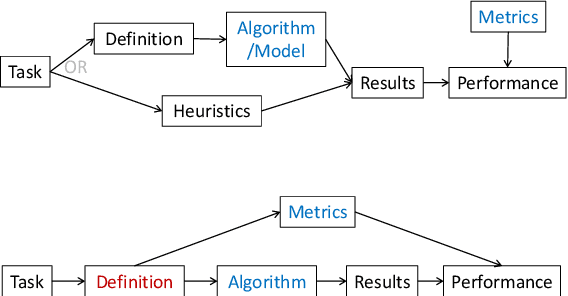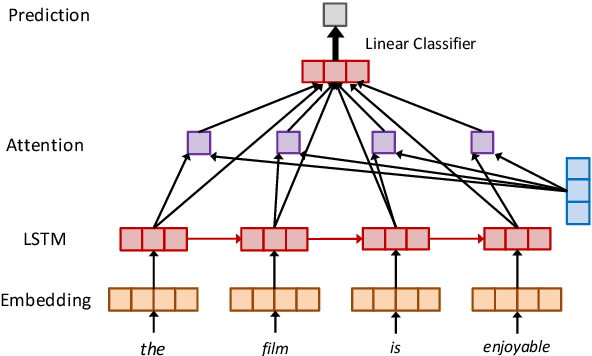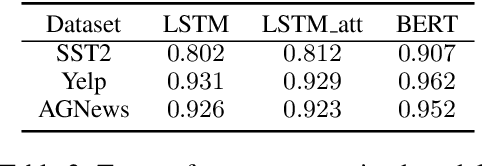Are Interpretations Fairly Evaluated? A Definition Driven Pipeline for Post-Hoc Interpretability
Paper and Code
Sep 16, 2020



Recent years have witnessed an increasing number of interpretation methods being developed for improving transparency of NLP models. Meanwhile, researchers also try to answer the question that whether the obtained interpretation is faithful in explaining mechanisms behind model prediction? Specifically, (Jain and Wallace, 2019) proposes that "attention is not explanation" by comparing attention interpretation with gradient alternatives. However, it raises a new question that can we safely pick one interpretation method as the ground-truth? If not, on what basis can we compare different interpretation methods? In this work, we propose that it is crucial to have a concrete definition of interpretation before we could evaluate faithfulness of an interpretation. The definition will affect both the algorithm to obtain interpretation and, more importantly, the metric used in evaluation. Through both theoretical and experimental analysis, we find that although interpretation methods perform differently under a certain evaluation metric, such a difference may not result from interpretation quality or faithfulness, but rather the inherent bias of the evaluation metric.
 Add to Chrome
Add to Chrome Add to Firefox
Add to Firefox Add to Edge
Add to Edge